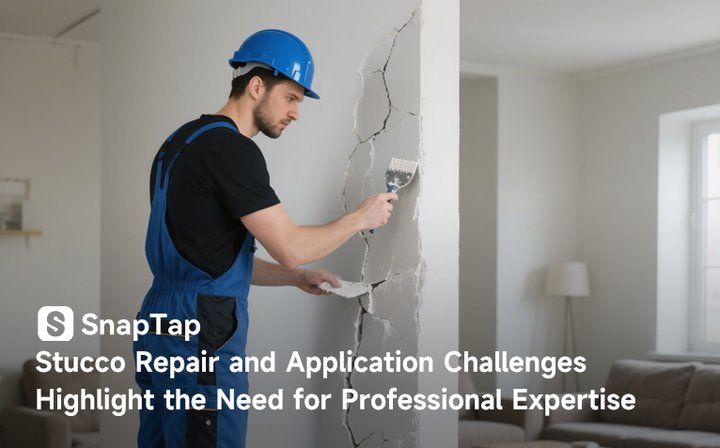The drainage system is a crucial yet often overlooked part of any household. Over time, drain pipes can develop issues due to aging, buildup, or external damage, which in turn affects the efficiency of the entire plumbing system. If these problems are not detected and repaired in a timely manner, they can lead to more serious consequences, such as wall seepage, floor moisture, and even health risks. Therefore, understanding how to identify whether your drain pipes need repair is essential knowledge for every homeowner.
Abnormalities in the drainage system often show warning signs. The most common symptoms include slow drainage, water backing up, unpleasant odors, visible pipe leaks, or dripping sounds. If the sinks in your kitchen or bathroom are draining slowly or if the toilet flush is sluggish, it may indicate a blockage or structural damage within the pipe. Additionally, if you notice water stains on the floor, wall corners, or ceiling, it's highly likely that there is a leak in the system that needs immediate attention.

In everyday life, there are a few simple ways to perform drain system inspection on your own. First, observe the water flow at the drain opening to see if it's running smoothly. Next, check for any persistent or intermittent foul smells, which are often caused by decomposing buildup inside the pipes. Lastly, during quiet hours at night, listen for any unusual water flow or dripping sounds coming from inside the walls or drains—these are key indicators that your drain system may have a problem. If you have some basic tools, you can try using a manual auger or chemical drain cleaner to handle minor clogs, though this is only suitable for non-structural issues.
When more severe symptoms appear, such as toilet overflow, complete drain blockages, basement dampness, or visible water seepage from the floor, it means the problem has gone beyond the scope of regular maintenance. At this point, it's best to contact a professional for drain pipe repair and a comprehensive drain system inspection. Experts not only have advanced tools like high-pressure water jets and drain cameras, but they can also quickly identify the root cause and recommend the most effective repair solution—preventing the issue from worsening and avoiding costly damage.

In conclusion, identifying and addressing drain pipe issues early is not only a way to protect your home but also essential for maintaining your quality of life. By watching for warning signs, conducting regular drain system detection, and seeking professional help when needed, you can extend the lifespan of your drainage system and reduce unnecessary repair costs. Early detection and timely action should be the guiding principles for every homeowner when it comes to drain maintenance.










